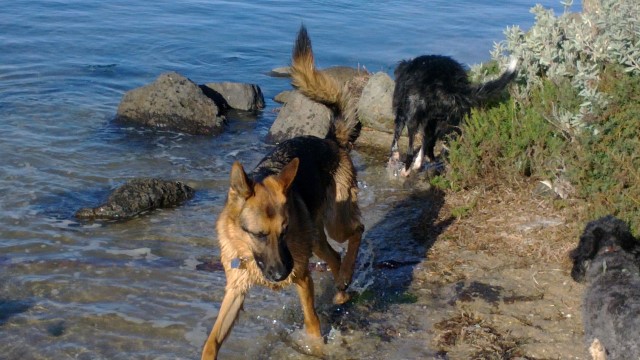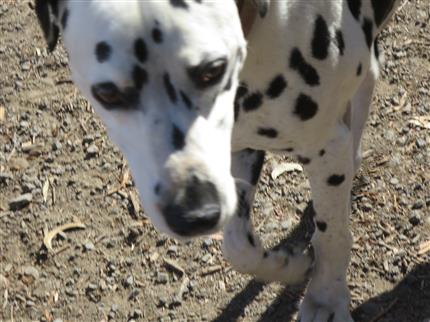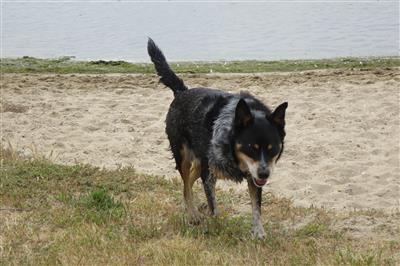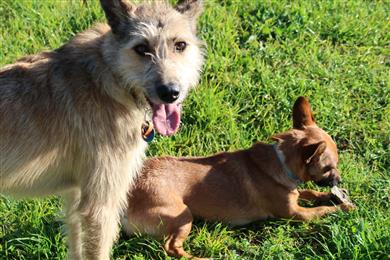Dog Phobia signs you should look out for in dog training
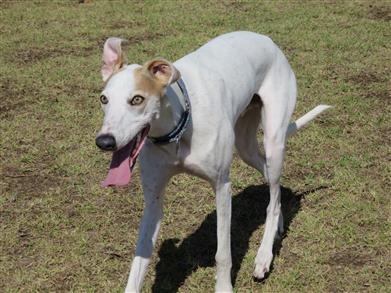 Here’s an interesting fact. Dog phobias are thought to be very common with dogs, but just because a dog doesn’t like something, doesnt mean that its a phobia.
Here’s an interesting fact. Dog phobias are thought to be very common with dogs, but just because a dog doesn’t like something, doesnt mean that its a phobia.
Avoiding dog phobias in the first case
Assuming your dog is petrified of something and shows the symptoms listed below you might like to consider how he got that way. Some breeds might be prone to being more skittish, but babying a dog can have a similar result.
Just like a social dog is made through actual exposure to all different dogs in all different off lead dog parks, so can reducing the chance of getting a dog a phobia can be to do with exposure.
If you have a social dog, its most likely because you put the effort in, and regularly walk them. If not, and its just a mellow dog, then congratulations.
However the reason dogs get phobias often comes from the same place as them being anti social – lack of exposure to something that other dogs find frightening.
I mean common place things that you have heard or read about scaring dogs, are exactly the things that when a puppy is exposed to regularly enough, will have them find common place and not scary at all.
I am talking about having a secure lead and harness and taking your dog for walks near busy roads, even working your way up to construction sites. Having a dog learn to swim early so it isnt scared of water. Having a dog see flashing lights at night time so that they dont spook them.
Loud noises and bright lights are often the two main causes of a dog being scared stiff when they are older – IF they haven’t been exposed to these things when they were young.
I know of dogs who have OCD around taps and water, dogs that are fixated on shadow edges.
I know dogs that are hyper excited by postmen, cats, trucks … numerous fast exciting things. HOWEVER these things are excitement based NOT fear. They have a different motivator – one drives the dog towards, the other away in fear.
Possible symptoms of dog phobias
We say possible, because not all dogs display all symptoms at once to every thingthey have a phobia with, but pretty much a dog will do a few of these body language things at the same time.
- panting (not through thirst or heat, but fear)
- refusing to eat when they normally do
- walking slowly or slinking away from you, not wanting comfort
- restlessness / standing erect and watchful
- barking continuously
- aggression or biting of humans, and uncontrolled nervous chewing (when not a puppy teething)
- uncontrolled urination (ie not a medical condition or not territory marking)
What you are looking for is behaviour that is strange to your dog during exposure of soon after an event that has clearly terrified your dog.
If they are exhibiting these signs then you may have an uncontrollable dog the enxt time they see something similar. You will want to get ontop of this phobia because it might mean they run into traffic or bite a human the next time they are confronted by their phobia.
The connection with dog phobias and dog training of course is that re=exposure in small steps to the stimulus as part of dog training a dog out of the phobia, is of course a specialist dog training field.
